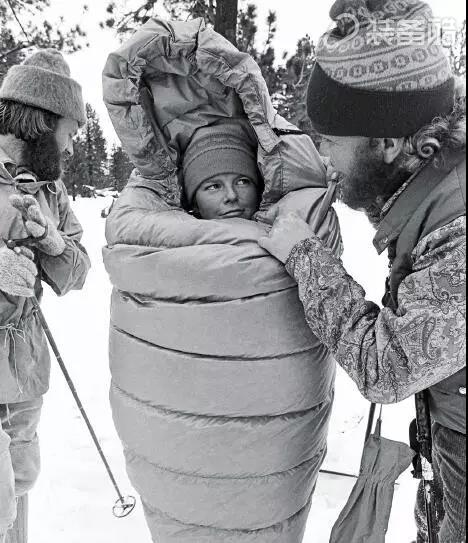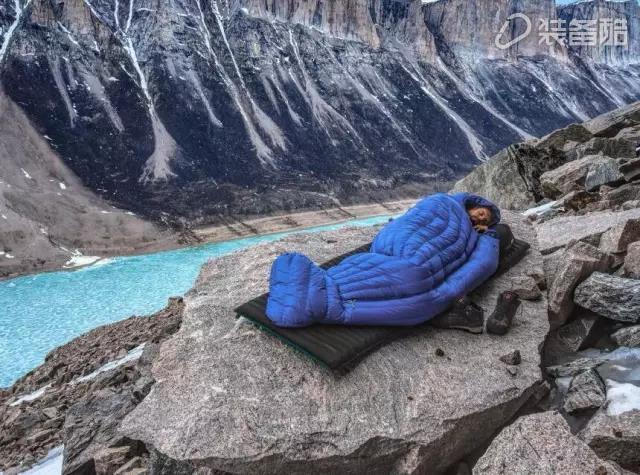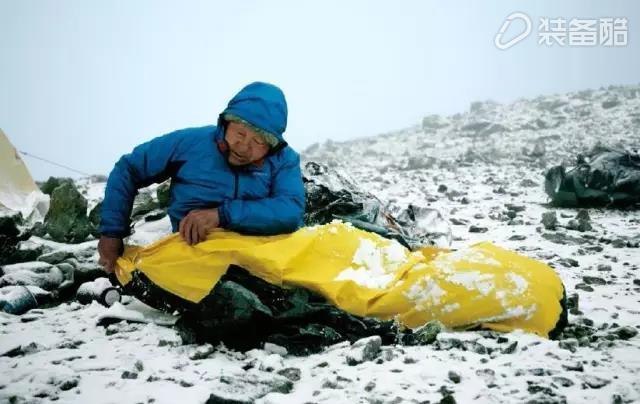Historically, human imagination once
Many epoch-making inventions were spawned.
Such as wheels, light bulbs, sliced ​​bread, and sleeping bags.

No one will forget the first night or early morning in the sleeping bag. Using a sleeping bag essentially means that you are in a strange place. You are moving and flowing. It is the cradle of curiosity explorers. It can put you under a strange horizon and feel the same early morning. Whether it's a small, comfortable snow cave, a heavily polluted area, Le Fusio, a dusty desert, a airport floor, a green mud pit, a friend's daybed, or a narrow hammock - when you wake up in a brand new place, When the head comes out of the sleeping bag, he also feels that he is brand new.
Some people think that Pryce Jones, a Welsh entrepreneur, made the first sleeping bag. In the 1970s, he sewed the oversized wool rug into a cushion and blanket folded into shape and sold it to the Russian army for the Russian-Turkish war. After the war, Jones had 17,000 sleeping bags left, so he cleverly sold the rest of the inventory as novelty bedding to the ladies by mail.
Scientists and polar explorer Norwegian Fridtjof Nansen also contributed to the invention of sleeping bags. In 1888, Nansen had lived with the Inuit of Greenland to learn their skills in dealing with the cold before the first ski journey across Greenland. Following the practice of the Inuit sleeping and covering the seal skin, he sewed a seal leather bag sufficient to hold three people and set off on a historic journey.
Indian tribes also used bears and wild cowskin in similar ways. Napoleon’s army, Australian wanderers, infantrymen of the Civil War and American cowboys used a variety of wool blankets. Regardless of when it first came from, the widespread popularity of sleeping bags began in the late 1880s, and it became more feasible to spend the night outdoors.
Sleeping bag material also developed from fur to cotton (cheap but not suitable for sleeping bags), nylon, synthetic thermal insulation and down thermal insulation. In the 1930s, there were sleeping bags that distinguished between arms and legs. There was a mummy-style sleeping bag in the 40s. There was a sleeping bag with a full-length zipper in the 60's. In the 1970s and 1980s, lighter, softer synthetic insulation materials and more advanced down designs were ushered in. Various developments have continued to this day.
As rock climbers, mountaineers, drifting explorers, we have always chosen down materials, because it is light and warm, easy to carry, and this is the scene of gravel on the mountain.

Nico Favresse first climbs Coconut Connection route
Canadian Clipper Peak Nico Favresse Collection Collection
The Baffin Island in July was long and long after finding a magical camping stone, Nico Favresse was falling asleep. Such stones are hard to find in a few miles, and nearby, other members are still searching for narrow flat stones in gravel and ice.
45 years ago, the founder of Patagonia, Ivan Joynard, made a simple mummy-style sleeping bag for himself. The sleeping bag has ample strip-like filling, and the front zipper allows Yvonne to belay on the belay. You can pull ropes and cook when you are camping.

Ningbo XISXI E-commerce Co., Ltd , https://www.petspetscleaning.com